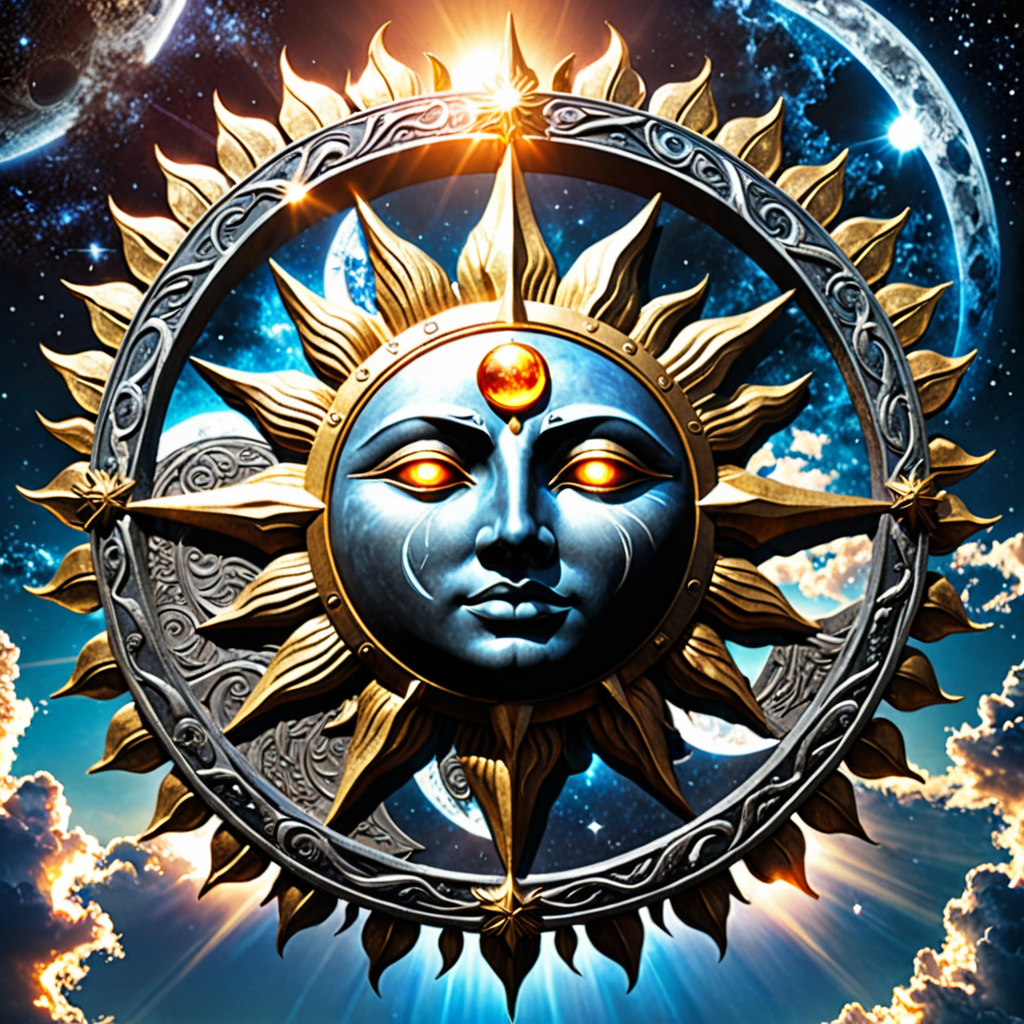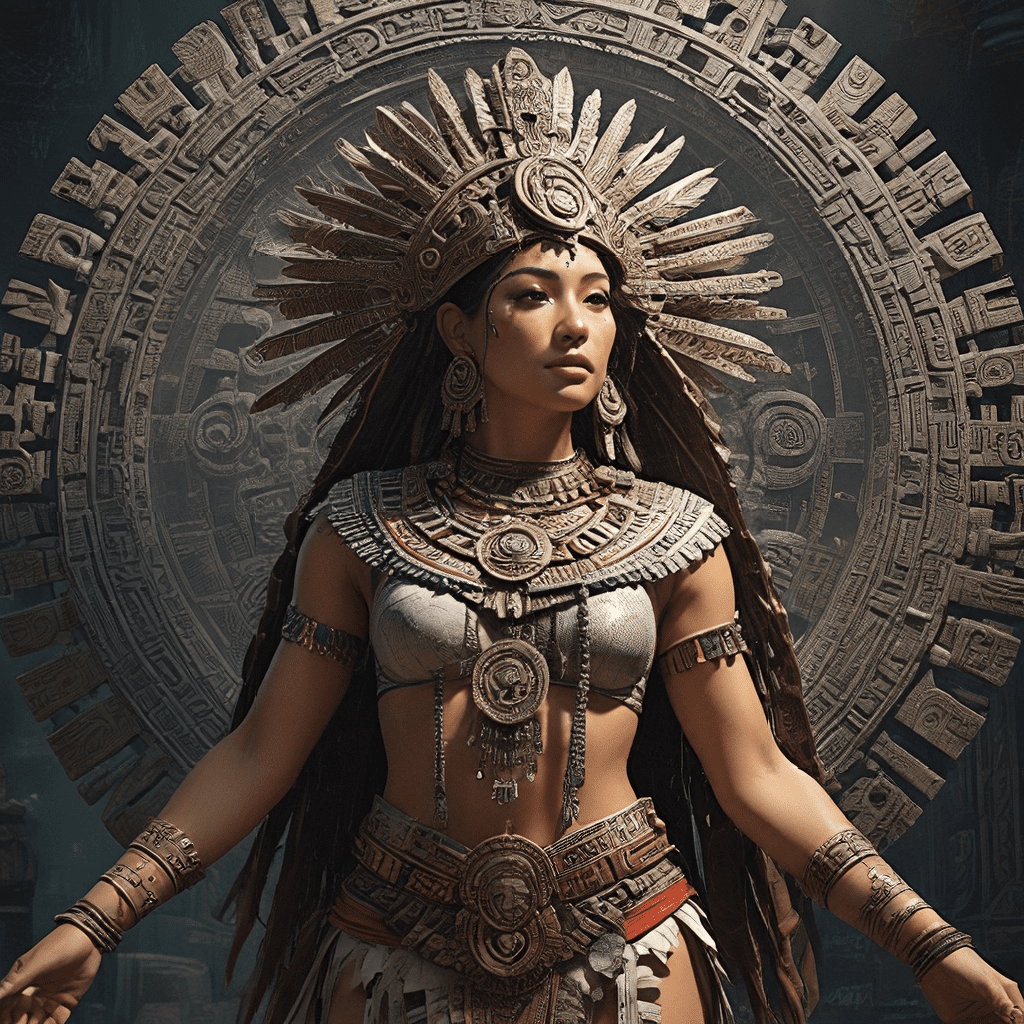The Symbolism of the Sun and Moon in Norse Mythology
In Norse mythology, the sun and the moon are significant celestial bodies that play crucial roles in the ancient belief system of the Norse people. Let’s delve into the symbolism associated with the sun and moon in Norse mythology.
The Sun in Norse Mythology
Known as “Sól” or “Sunna”, the sun is personified in Norse mythology as a goddess who traverses the sky in a chariot chased by a wolf. The sun symbolizes light, warmth, life, and fertility. It is believed that the sun possesses healing properties and represents order and structure in the cosmos. In Norse cosmology, the sun is considered one of the most powerful and benevolent forces in the universe, bringing light to the world and warding off darkness and evil.
The Moon in Norse Mythology
The moon, known as “Mani” in Norse mythology, is depicted as the brother of Sól, the sun goddess. Mani is believed to guide the moon across the night sky, chased by a wolf. Symbolizing the passage of time, cycles, and mystery, the moon in Norse mythology represents introspection, intuition, and the feminine aspects of the universe. It is associated with the night, magic, and the unseen realms, holding a mystical allure in the ancient Norse beliefs.
Symbolism and Mythical Tales
Throughout Norse mythology, stories and myths intertwine the sun and moon with epic events and beings. For example, the myth of Ragnarök, the end of the world in Norse mythology, foretells the sun and moon being swallowed by fierce wolves during the final battle between gods and giants. These celestial events symbolize cataclysmic changes and the cyclical nature of existence in Norse beliefs.
The symbolism of the sun and moon in Norse mythology goes beyond their physical presence in the sky. They represent cosmic forces, duality, balance, and the interconnectedness of life and death. Understanding the symbolism of these celestial bodies provides insights into the spiritual and cultural beliefs of the Norse people.
Frequently Asked Questions about the Symbolism of the Sun and Moon in Norse Mythology
What is the significance of the sun and moon in Norse mythology?
In Norse mythology, the sun and moon hold great symbolic importance. The sun, known as Sól, and the moon, known as Mani, are siblings who guide the chariots that traverse the sky, marking the passage of time. The sun represents warmth, light, and life, while the moon symbolizes mystery, cycles, and reflection.
Who are the deities associated with the sun and moon in Norse mythology?
The sun is personified by Sól, a goddess who drives the sun-chariot through the sky every day. Mani, the moon deity, guides the moon-chariot across the night sky. These siblings are essential figures in Norse cosmology, with their movements shaping day and night.
What do the sun and moon symbolize in Norse culture?
The sun and moon are often seen as cosmic forces that regulate the passage of time and seasons. The sun’s journey represents vitality, strength, and renewal, while the moon’s phases symbolize change, introspection, and cycles of life. Together, they embody the balance of opposites in Norse mythology.



